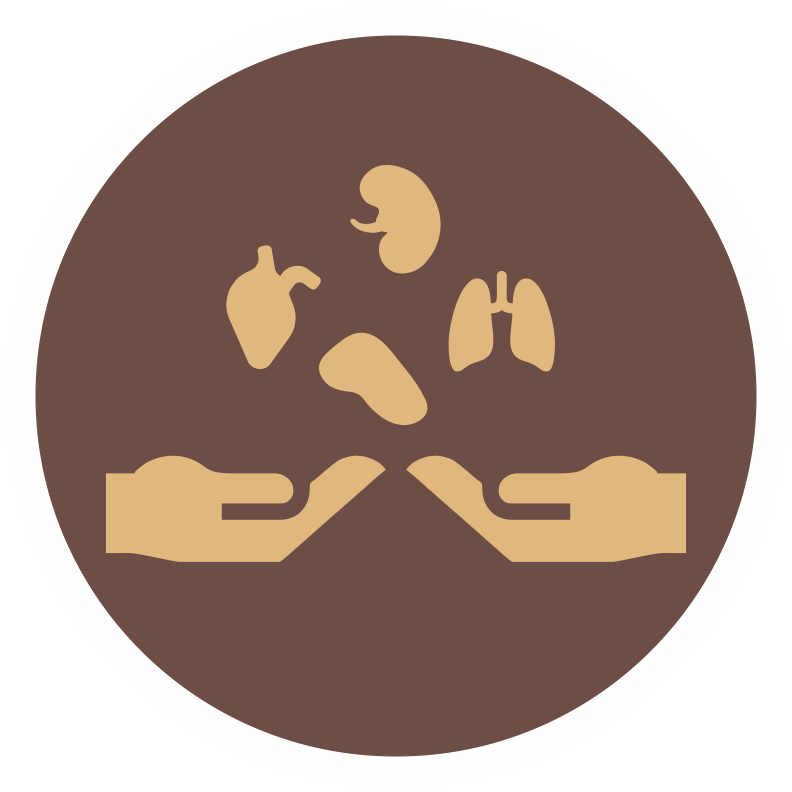- Our Doctors
- Our Specialities
Centres of Excellence
-
 Centre for Blood Diseases, BMT & Cancer Immunotherapy
Centre for Blood Diseases, BMT & Cancer Immunotherapy -
 Centre for Bone, Joint & Spine
Centre for Bone, Joint & Spine -
 Centre for Critical Care Medicine and ECMO Services
Centre for Critical Care Medicine and ECMO Services -
 Centre for Gastrosciences
Centre for Gastrosciences -
 Centre for Heart & Vascular Care
Centre for Heart & Vascular Care -
 Centre for Nephro-Urosciences
Centre for Nephro-Urosciences -
 Centre for Neurosciences
Centre for Neurosciences -
 Centre for Obstetrics and Gynaecology
Centre for Obstetrics and Gynaecology -
 Centre for Organ Transplantation
Centre for Organ Transplantation
Super Speciality
-
 Advanced Diagnostic and Interventional Radiology
Advanced Diagnostic and Interventional Radiology -
 Anesthesiology & Pain Management
Anesthesiology & Pain Management -
 Clinical Nutrition and Dietetics
Clinical Nutrition and Dietetics -
 Dental and Maxillofacial Surgery
Dental and Maxillofacial Surgery -
 Dermatology
Dermatology -
 Emergency and Trauma
Emergency and Trauma -
 Endocrinology and Metabolic Disease
Endocrinology and Metabolic Disease -
 ENT and Head & Neck Surgery
ENT and Head & Neck Surgery -
 Family Medicine
Family Medicine -
 General and Laparoscopic Surgery
General and Laparoscopic Surgery -
 General Medicine
General Medicine -
 GI Onco Surgery
GI Onco Surgery -
 GI Oncology
GI Oncology -
 GI Surgery, Advanced Laparoscopy and Gastro Oncosurgery
GI Surgery, Advanced Laparoscopy and Gastro Oncosurgery
-
- Key Procedures
- Our Hospitals
- International Patient
- Contact us
-
Quick Links


Vascular Disease
Vascular disease is a condition that affects the circulatory system, which is responsible for delivering oxygen and nutrients to the body's tissues and organs. It is a broad term that refers to any condition that affects the blood vessels, including the arteries, veins, and capillaries.
Symptoms: The symptoms of vascular disease can vary depending on which part of the body is affected, but some common symptoms include:
- Leg pain or cramping: Pain or cramping in the legs during physical activity, also known as claudication, is a common symptom of peripheral artery disease (PAD). PAD is a type of vascular disease that affects the arteries in the legs, and can cause pain or cramping that goes away with rest.
- Numbness or tingling: Numbness or tingling in the legs, arms, hands, or feet can be a sign of reduced blood flow to those areas. This can be a symptom of atherosclerosis, which is the buildup of plaque in the arteries.
- Swelling: Swelling in the legs, ankles, or feet can be a symptom of venous insufficiency, which is a type of vascular disease that affects the veins. Venous insufficiency can cause blood to pool in the veins, leading to swelling and other symptoms.
- Changes in skin colour or texture: Changes in skin colour or texture, such as the skin turning blue or red, can be a sign of reduced blood flow. This can be a symptom of a variety of vascular diseases, including atherosclerosis and peripheral artery disease.
- Chest pain or pressure: Chest pain or pressure can be a sign of atherosclerosis in the arteries of the heart. This can lead to a heart attack if not treated promptly.
Causes
- Atherosclerosis: Atherosclerosis is the buildup of plaque in the arteries, which can narrow or block blood flow. This can be caused by a variety of factors, including high blood pressure, high cholesterol, smoking, and a family history of heart disease.
- Diabetes: Diabetes is a medical condition that can cause damage to blood vessels, which can lead to atherosclerosis and other types of vascular disease. People with diabetes are at increased risk for developing peripheral artery disease (PAD) and other complications related to vascular disease.
- Smoking: Smoking can damage the lining of the blood vessels, which can lead to the buildup of plaque and the development of atherosclerosis. Quitting smoking is one of the most important steps you can take to reduce your risk of vascular disease.
- High blood pressure: High blood pressure can cause damage to the walls of the arteries, which can increase the risk of developing atherosclerosis and other types of vascular disease.
- Family history: If you have a family history of heart disease or other types of vascular disease, you may be at increased risk for developing these conditions yourself. It is important to speak with your healthcare provider about your family history and any steps you can take to reduce your risk.
- Age: As we age, our blood vessels can become less flexible and more prone to damage. This can increase the risk of developing vascular disease, especially if other risk factors are present.
Treatments
Meet Our Doctors
Frequently Asked Questions:
Can vascular disease be prevented?
In many cases, vascular disease can be prevented or managed through lifestyle changes, such as quitting smoking, eating a healthy diet, and exercising regularly. Managing underlying medical conditions, such as high blood pressure, high cholesterol, and diabetes, can also help reduce the risk of developing vascular disease.
How can I reduce my risk of developing vascular disease?
You can reduce your risk of developing vascular disease by making lifestyle changes, such as quitting smoking, exercising regularly, and eating a healthy diet. Managing underlying medical conditions, such as high blood pressure, high cholesterol, and diabetes, can also help reduce the risk of developing vascular disease. If you are at risk for developing vascular disease, it is important to speak with your healthcare provider about steps you can take to reduce your risk.
How is vascular disease diagnosed?
Vascular disease may be diagnosed through a physical exam, medical history, imaging tests, and blood tests. Your healthcare provider may also recommend other tests, such as a stress test or electrocardiogram, to help diagnose vascular disease.

 +91 9393 108 108
+91 9393 108 108


















































